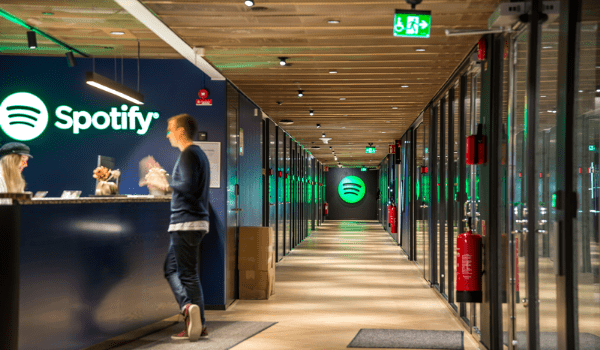Spotify, the music-streaming platform, made headlines last December when it executed its largest ever round of layoffs under the leadership of Daniel Ek, CEO, Spotify. The company stated these cuts as a strategic move towards greater efficiency within the company.
However, four months down the line, it appears that the aftermath of axing 1,500 employees has proven more challenging than anticipated.
The December layoffs, amounting to 17 per cent of Spotify’s workforce, were part of a strategic initiative aimed at streamlining operations and achieving profitability. However, the lingering effects of severance packages and the larger-than-expected gap left by departed employees posed operational challenges for the company.
Despite achieving record quarterly profits of €168 million ($179 million) in the first quarter of 2024, along with impressive double-digit revenue growth to €3.6 billion ($3.8 billion), Spotify fell short of its projected profitability and monthly active user growth targets.
During an investor call addressing the company’s performance, Ek candidly acknowledged the hurdles that impeded Spotify’s ability to meet its goals. He attributed some of these challenges to the unforeseen operational disruptions caused by the layoffs, which had a more significant impact than initially anticipated.
Ek also emphasised that the move, even though necessary, has disrupted day-to-day operations more than the company foresaw.
However, the company expressed confidence in its ability to overcome these obstacles and improve execution throughout the year. As Spotify navigates the aftermath of its workforce reduction, the company remains focused on leveraging its strengths to maintain growth and innovation in the competitive music-streaming landscape.


